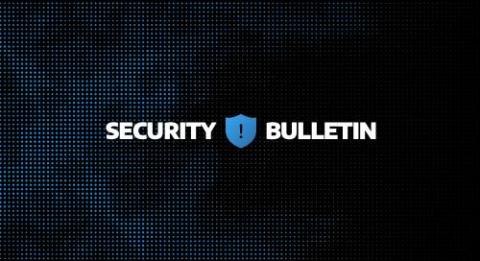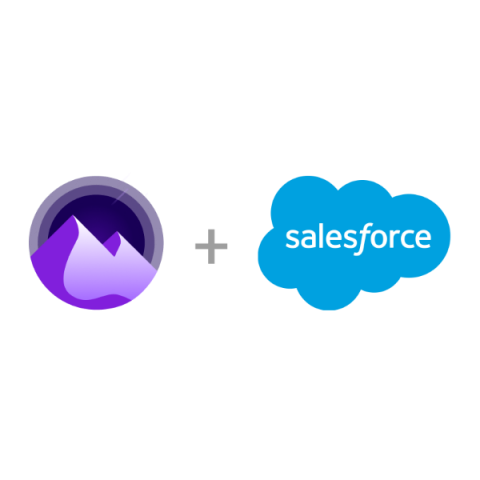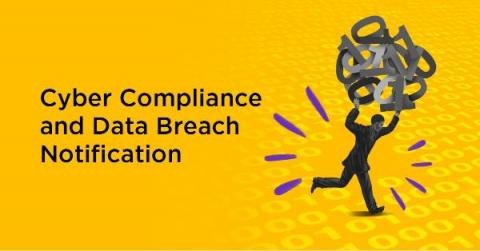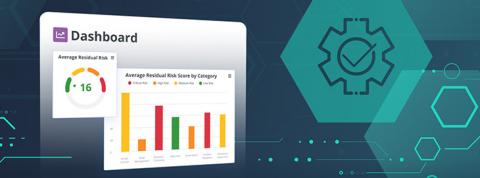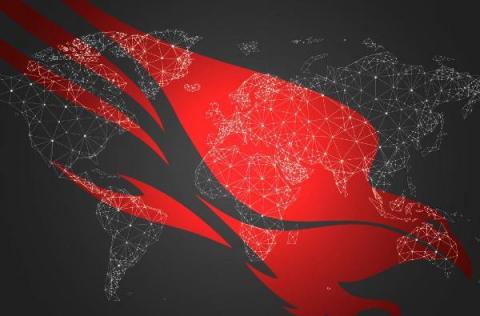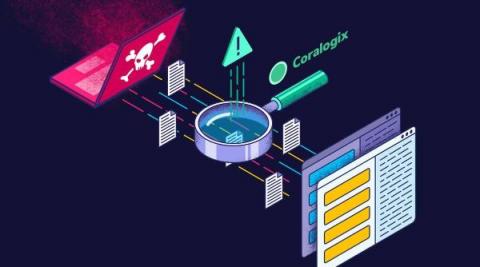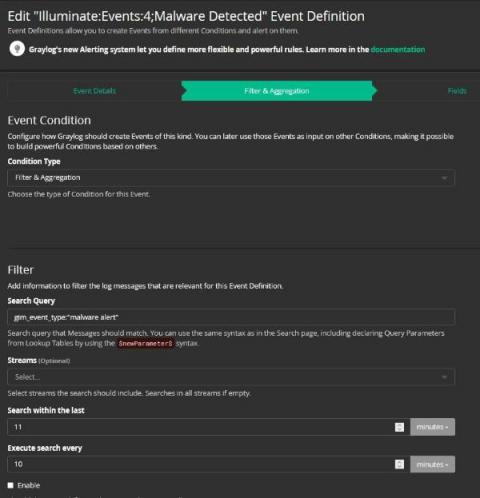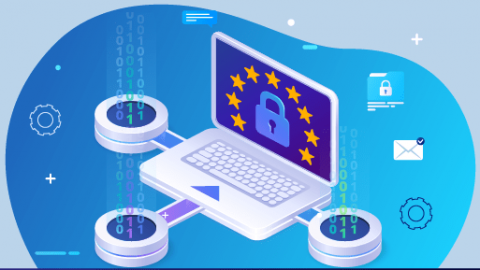How to Get Security Peace of Mind Against Advanced Email Threats
The dangers of email security are often understated. One successful email attack can lead to malware injection, system compromise, impersonation, espionage, ransomware and more. After all, phishing remains the top attack vector used by hackers. The FBI reported phishing scams were extremely prominent, with 323,972 complaints being made in the U.S. in 2021, compared to 241,342 the previous year. Adjusted losses resulting from these attacks is more than $44 million, a $10 million decrease from 2020.



